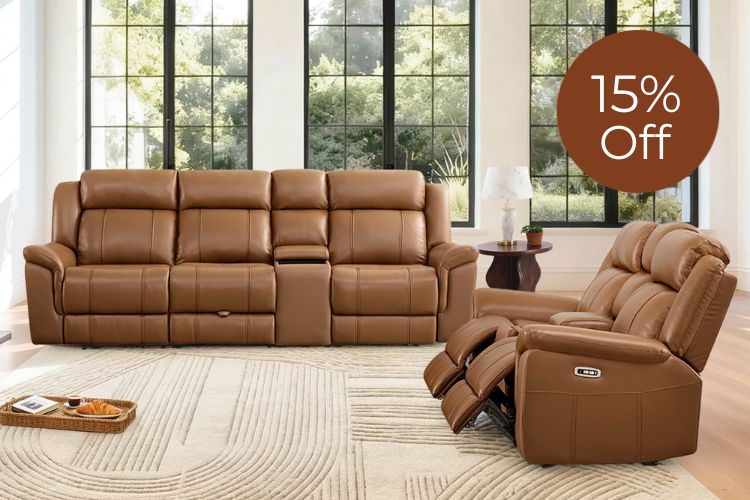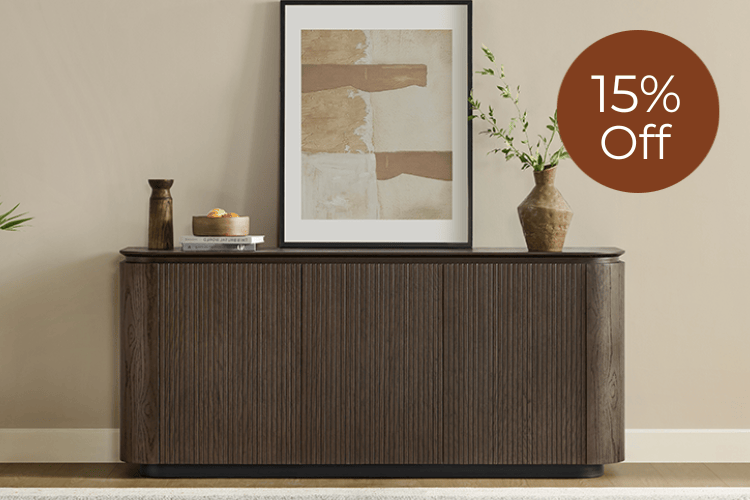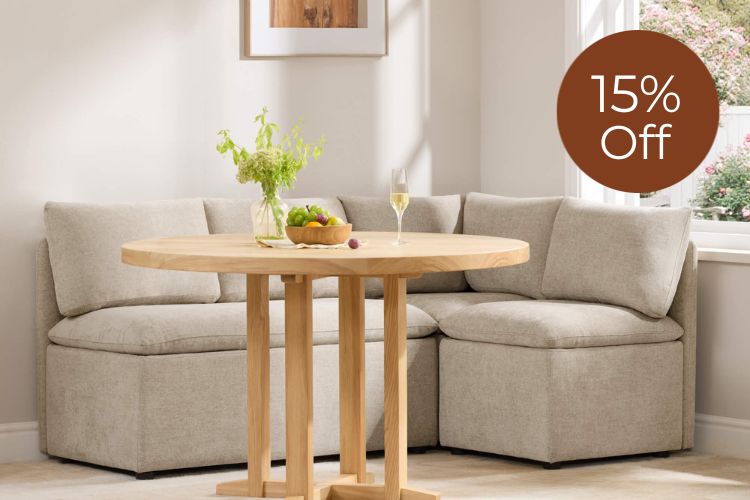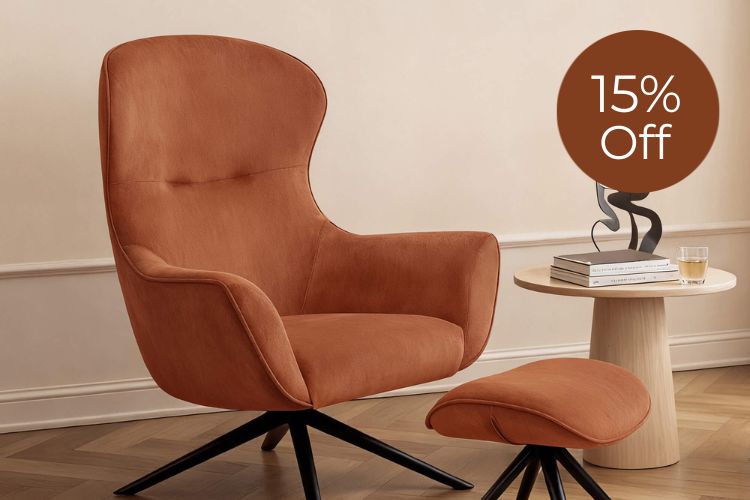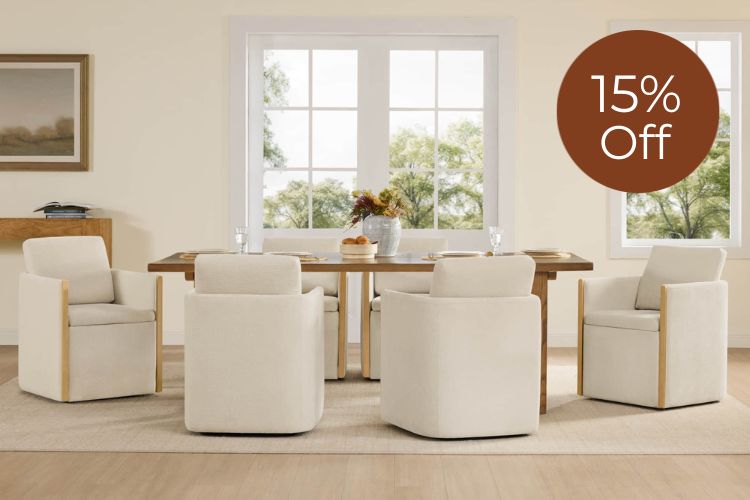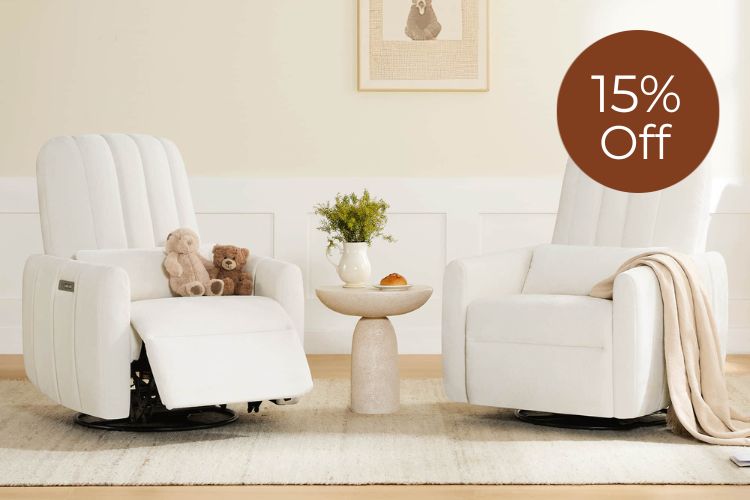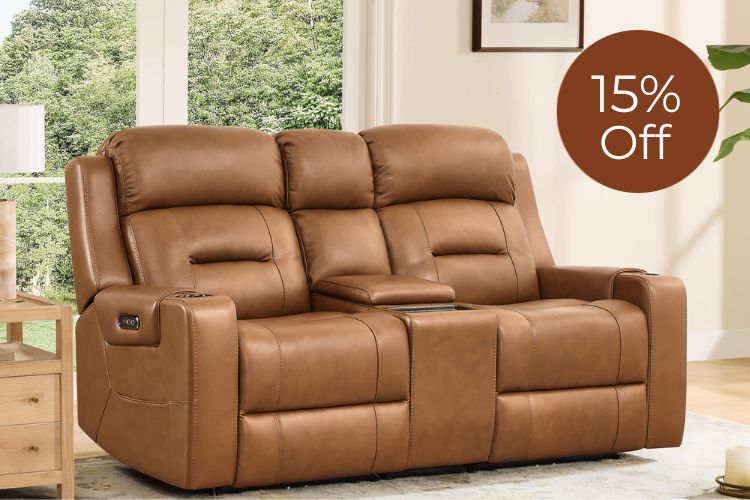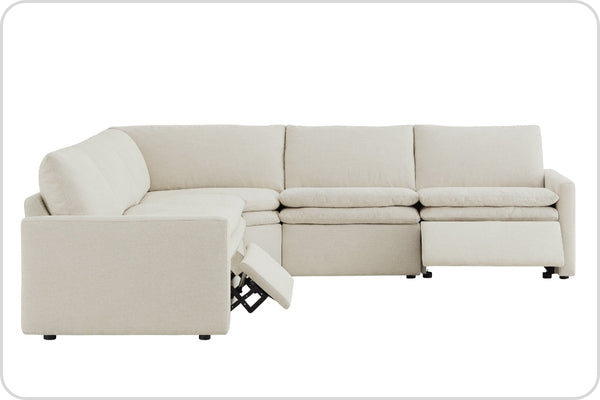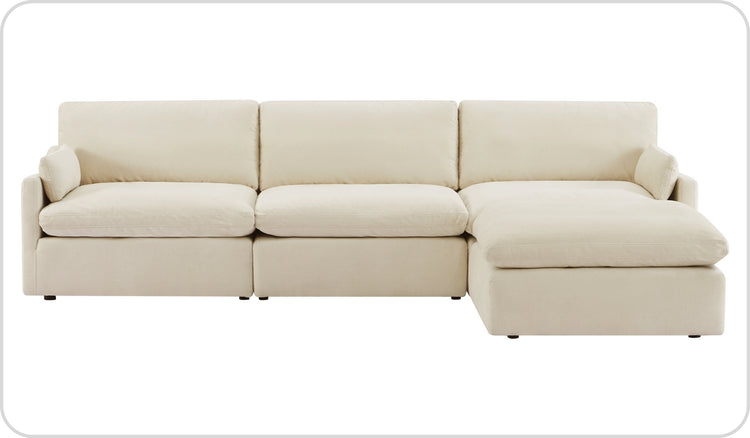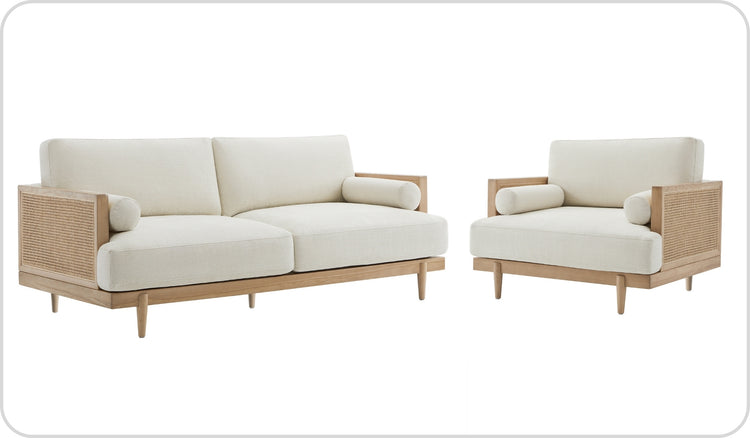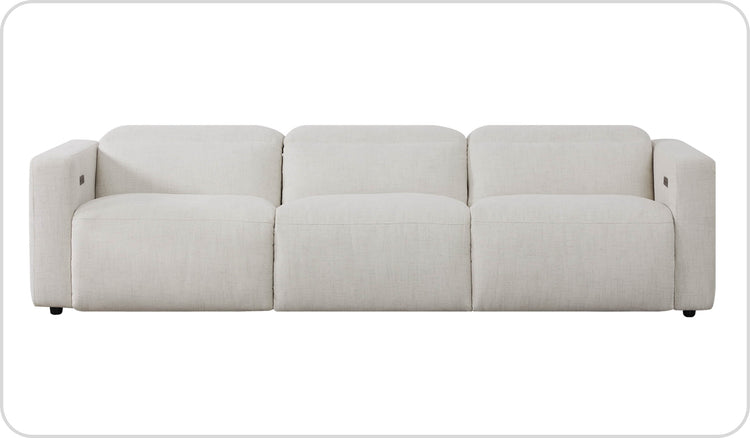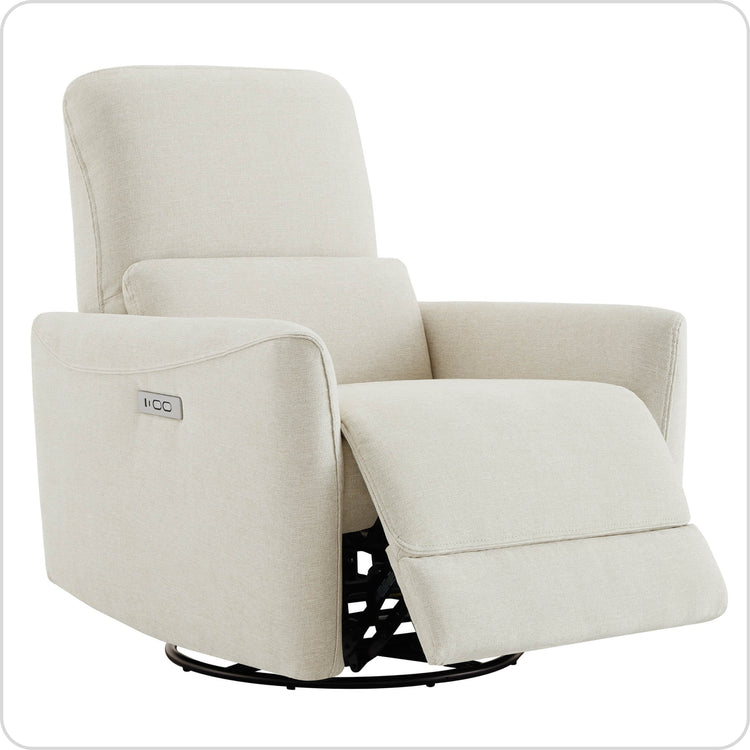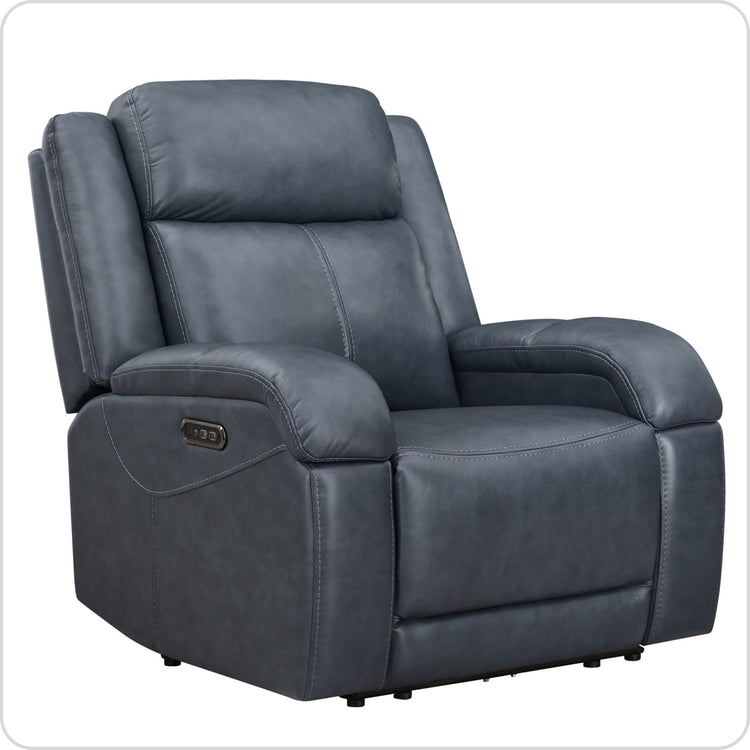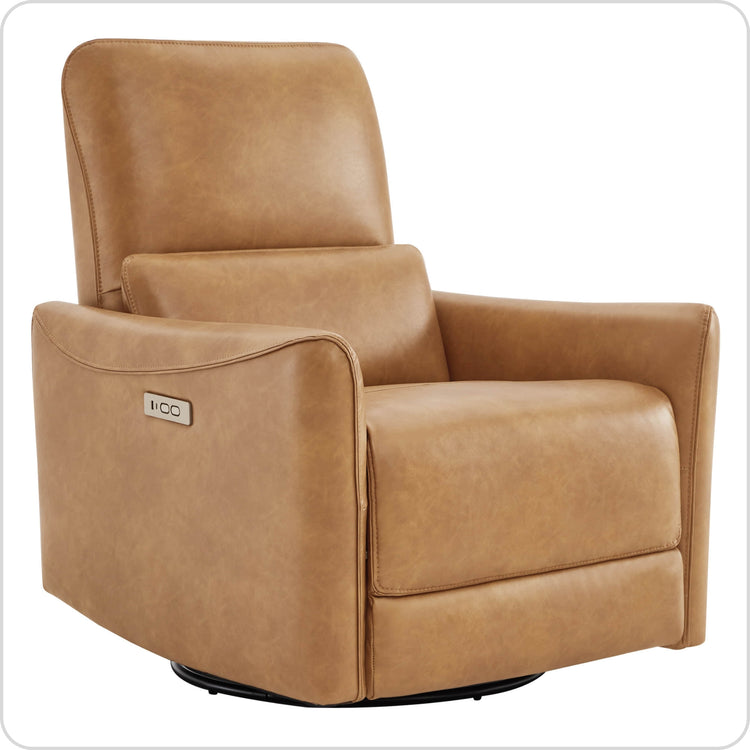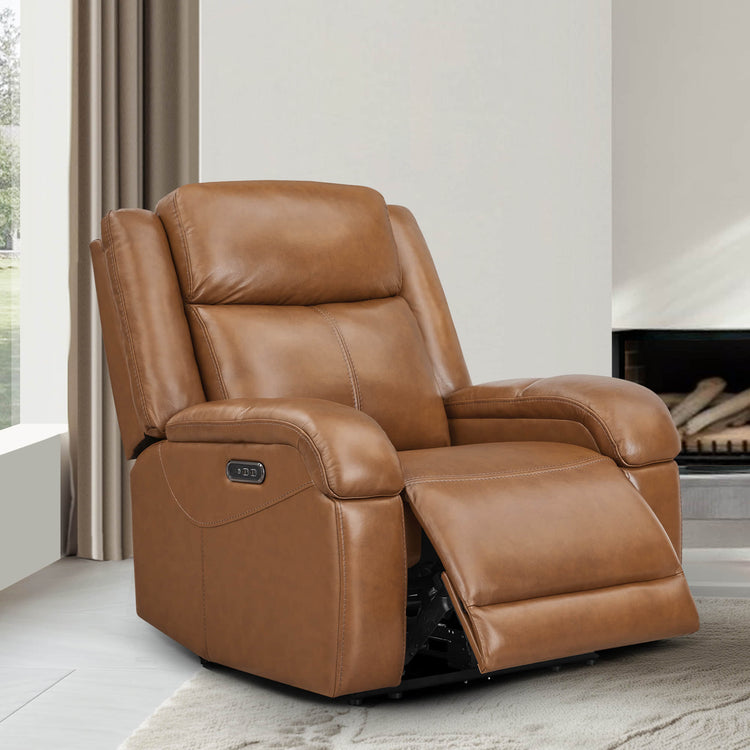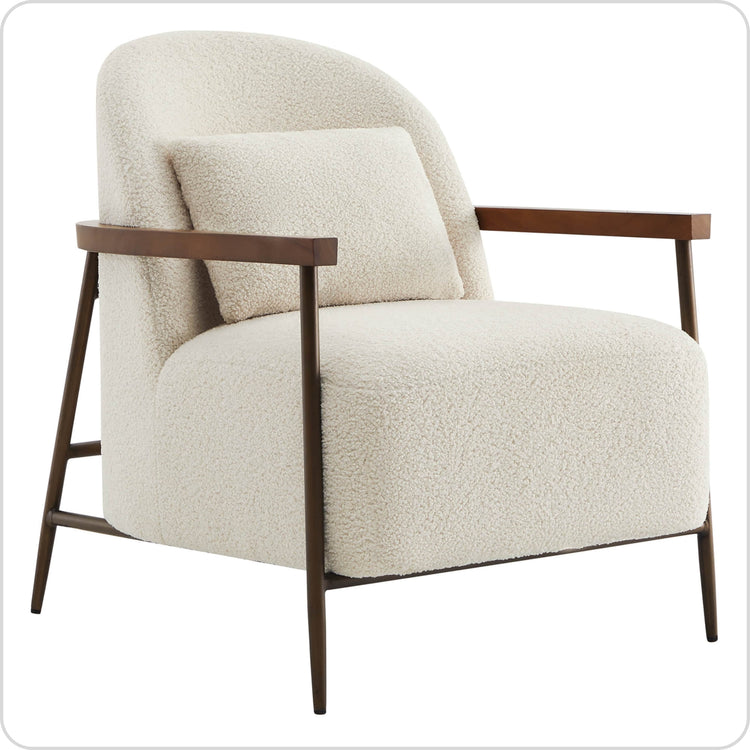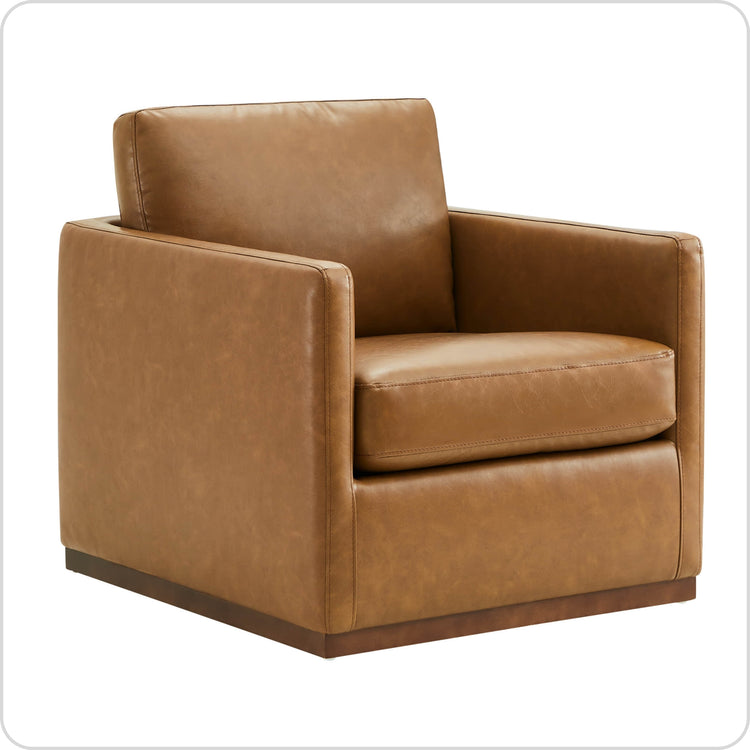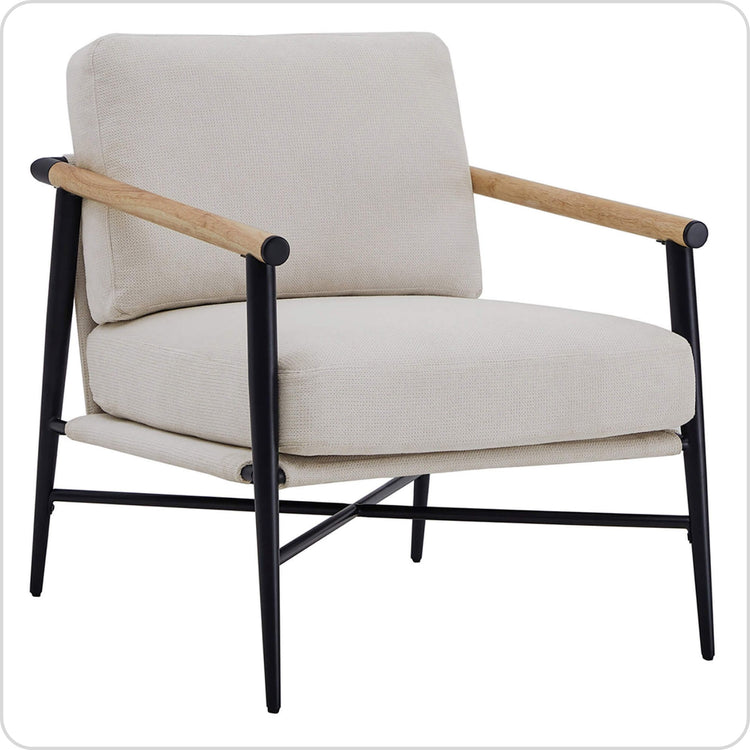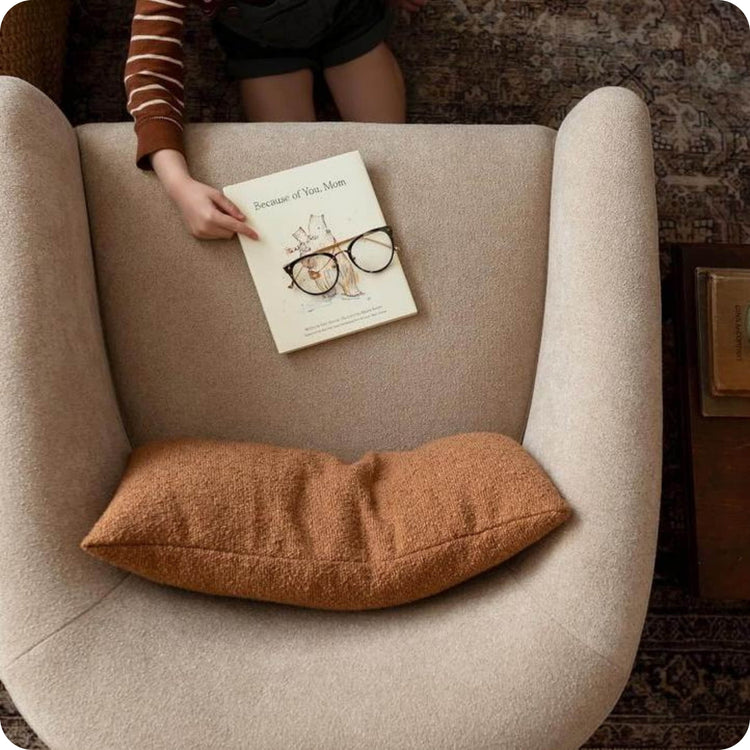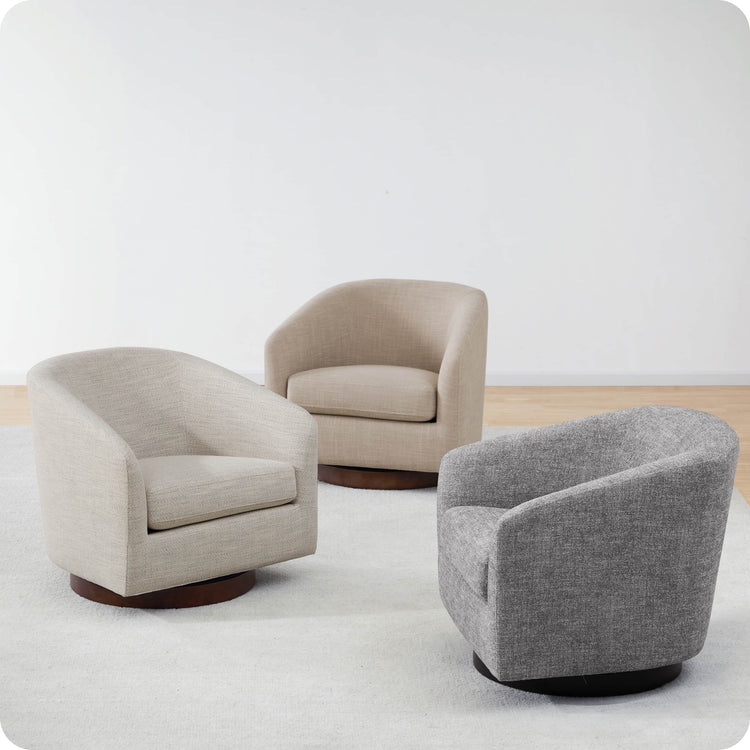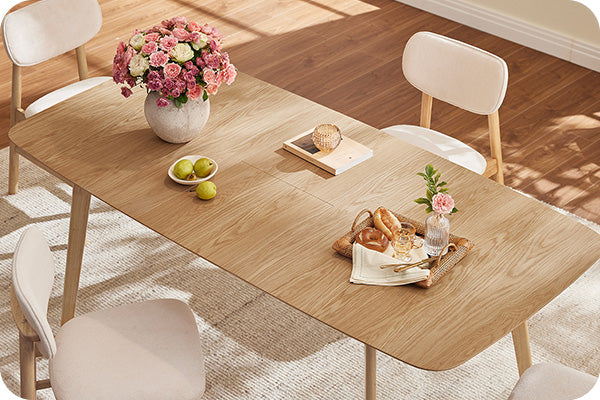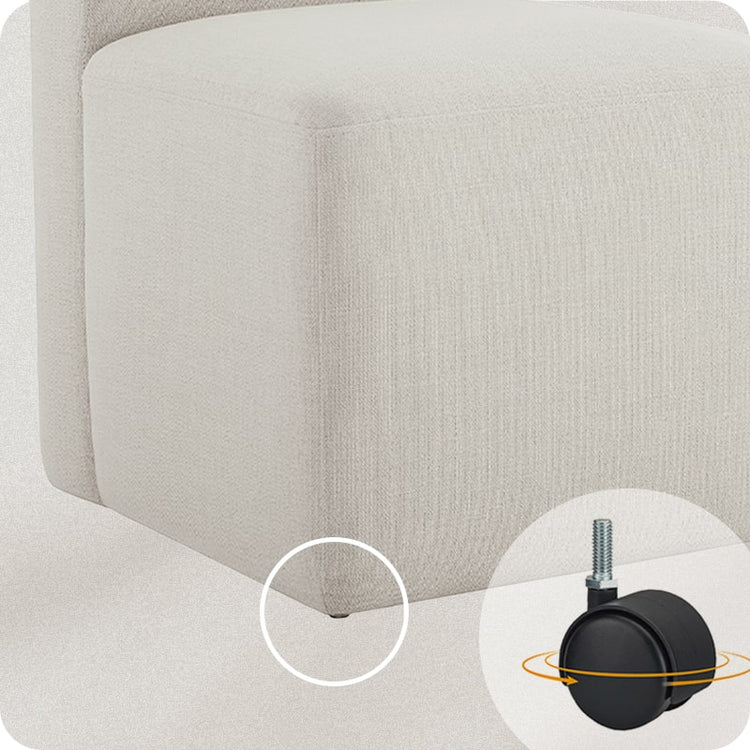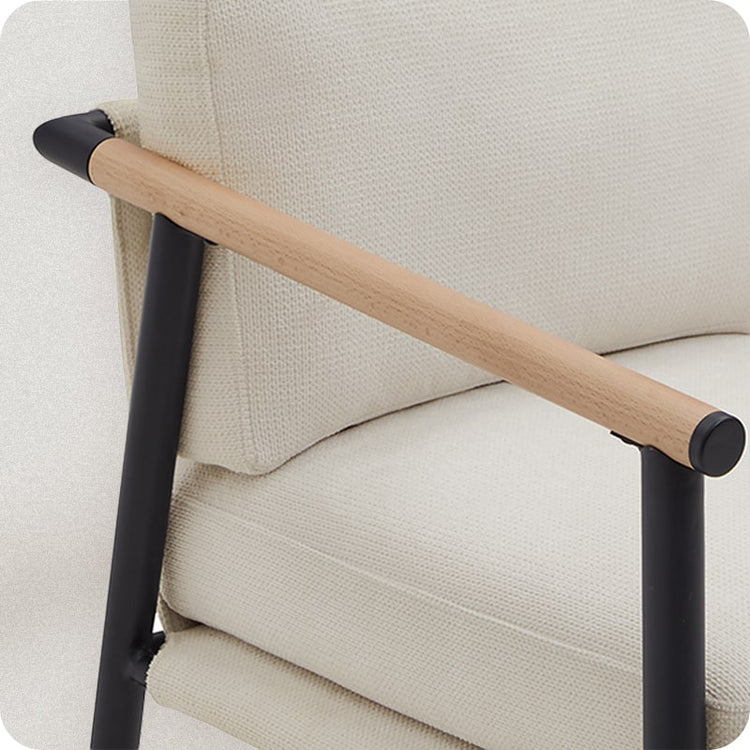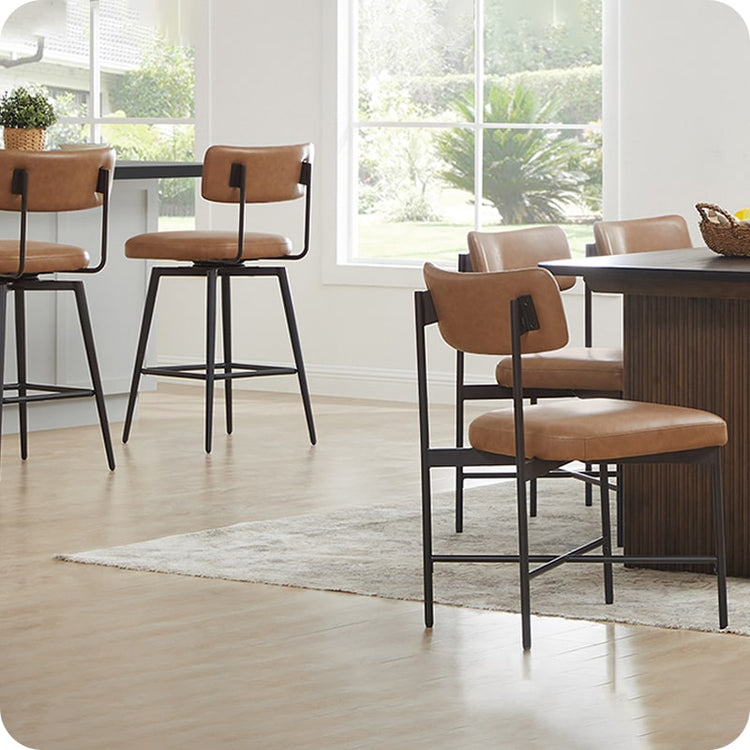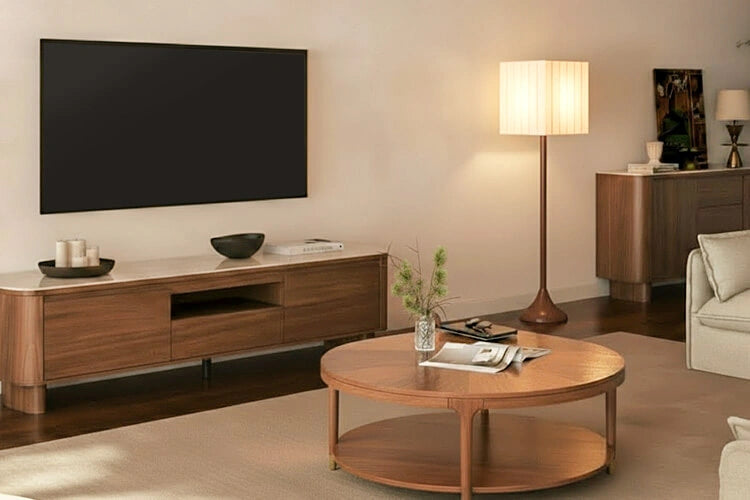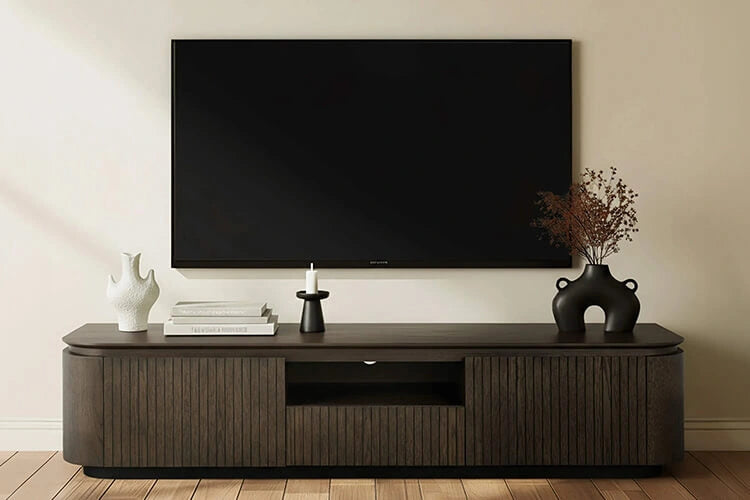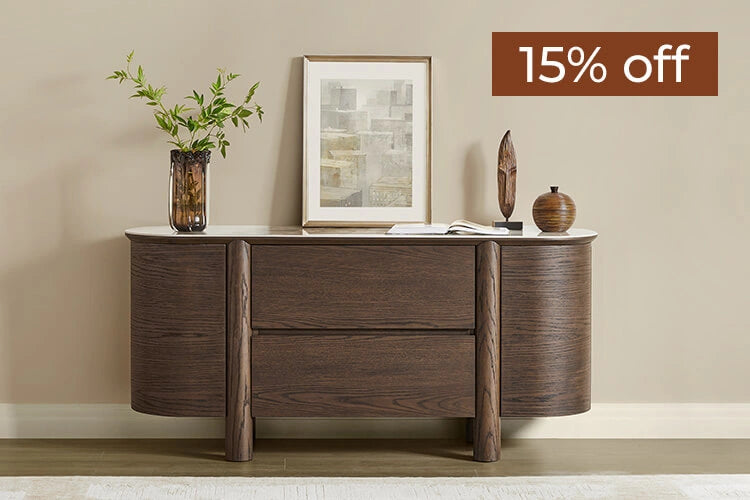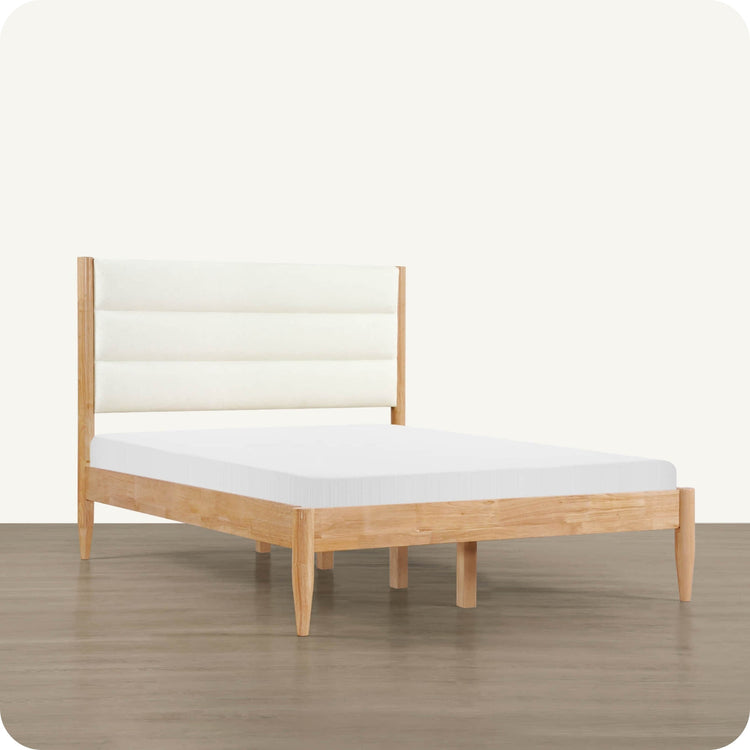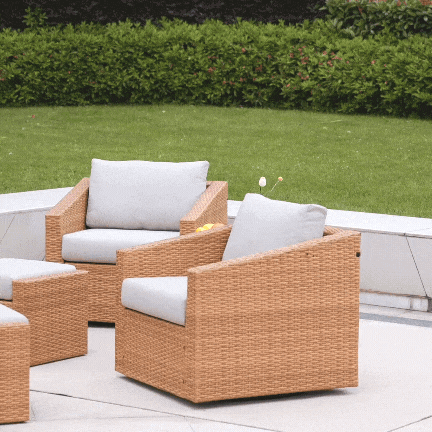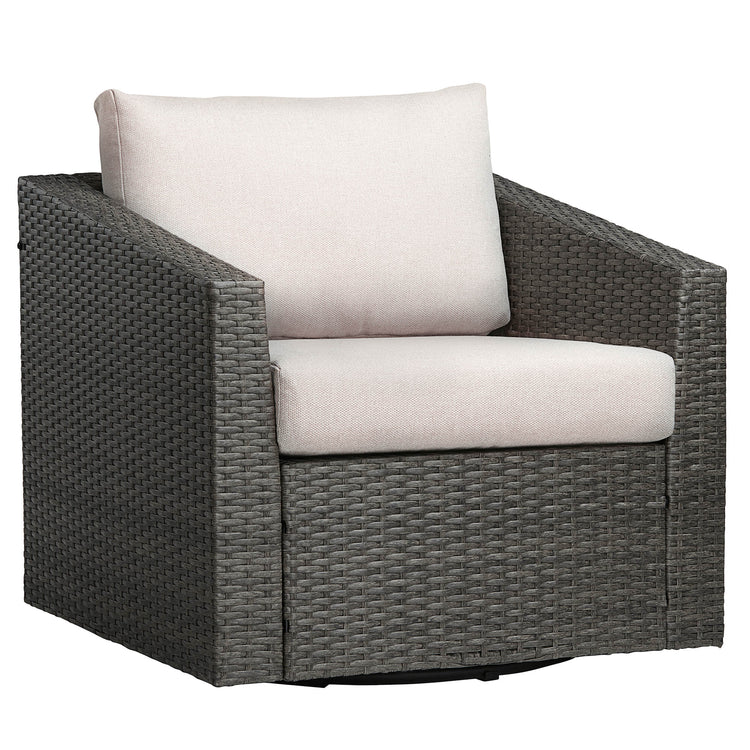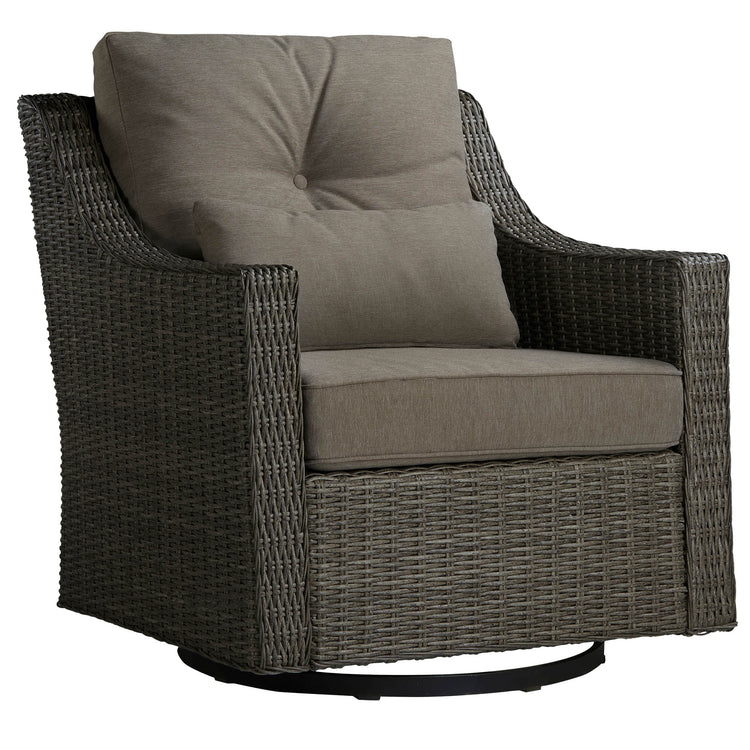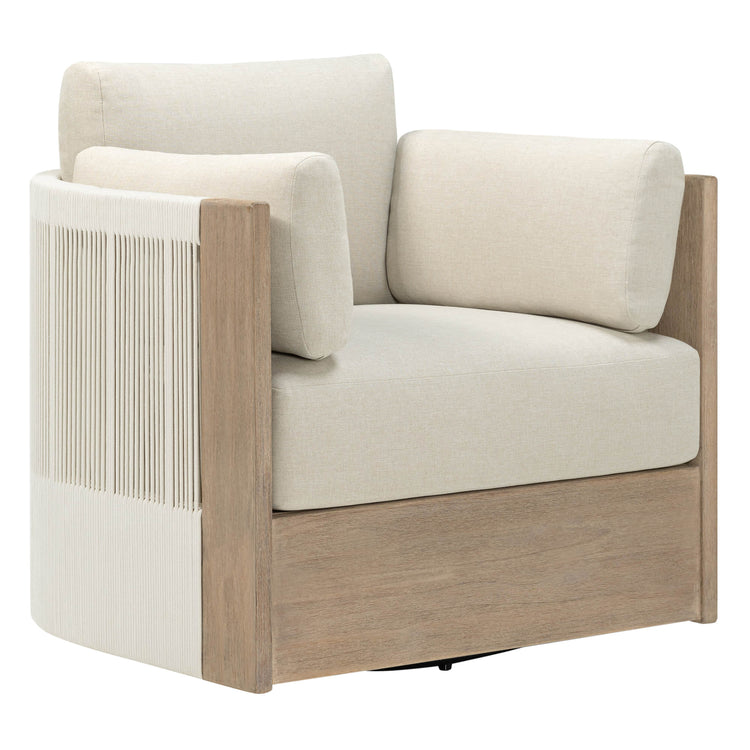When furnishing your living room, two popular options to consider are sectional sofas and recliners. But how do you decide which is the better fit? Sectional sofas and recliners each have their own advantages and disadvantages in terms of comfort, customization, space savings, and more. By comparing the key factors around sectionals and recliners, you can determine which is the right choice for your home and lifestyle.
Comfort
One of the most important considerations for your new living room seating is comfort. In general, both sectional sofas and recliners provide excellent comfort and support.
Sectionals offer abundant seating capacity along with plenty of room to stretch out. The depth and height of sectionals can also be customized with choices like attached chaise lounges and oversized ottomans. Premium sectionals feature inner spring or memory foam cushions over sturdy hardwood frames, providing comfort whether sitting upright or napping outstretched.For more sectionals info: Comparisons Key Considerations for Buyers
On the other hand, recliners are specially designed for optimal relaxation and ease. The reclining function allows you to lean back and elevate your feet to reduce pressure on the back and joints. Recliners also usually feature generously padded cushions that mold to your body's shape. High-end recliners even offer massage and heat functions to enhance comfort.
So, in terms of pure comfort for lounging and relaxation, recliners have a slight edge over sectionals. But sectionals provide more flexible seating arrangements for social gatherings and everyday use.
Customization
Another key consideration is customization - how much can you tailor the seating to match your space and style preferences? One of the biggest perks of sectional sofas is how tremendously customizable they can be.

Create ur retro and airy vibe
Photo by @jaypoor_decor
Sectionals provide endless options for arranging the sections to fit your living room's layout perfectly. Do you want an L-shape in the corner or a U-shape facing the TV? Sectionals can adapt seamlessly to your room. You also have abundant choice when selecting the size, shape, and style of each section, allowing you to mix and match. Choose curved or angular sections, chaises, ottomans, and more based on what you envision. This freedom in configuration is exclusive to sectional sofas.

Kenna sofa's grand Halloween debut
🎃Desigend by @krystameeker
Recliners offer moderate customization potential. You can select the size, ranging from compact single-person to expansive three-seater reclining sofas. Styles are diverse as well, with options like rectangular versus curved silhouettes and sleek contemporary to cozy traditional designs. Some customization of features is possible, too, like storage compartments and cup holders in the arms. But, the core structure and functionality of recliners remain consistent. Sectionals, therefore, provide far more versatility.
Saving Space
For many homeowners, saving space is a major priority when arranging living room seating. Here, recliners have some clear advantages over sectionals.
Recliners maintain a compact footprint since they are single, freestanding units. You can place a recliner in corners or other small areas without cramming in lots of furniture. Even large three-person reclining sofas keep a tidy profile. And since recliners don't have connecting sections, they can stand alone wherever desired.

Put Tracee Power Swivel Recliner wherever you wanna put
In contrast, sectionals require enough open floor area to arrange the adjoined sections. Curved and L-shaped sectionals are often massive. And while sectionals maximize seating capacity per square footage, they do monopolize floor space. If you live in a small home or apartment with limited room, recliners will save precious area.Explore more helpful saving space ideas: Do Sectional Sofas Make a Room Look Small?
Cost Considerations
You'll also want to compare sectionals and recliners in terms of costs. Sectional sofas almost always carry higher price tags. The abundance of materials, sturdy frames, plus cushion fillings like down and memory foam mean sectionals run from $1,500 on the very low end to over $5,000. Custom-built sectionals from high-end stores or designers can cost tens of thousands.
Recliners are generally cheaper, with single recliners starting around $300. Mass market brands sell affordable reclining loveseats and sofas for $500 to $1,500.
Of course, the number of seats should be factored along with pricing. A 6-person sectional naturally costs more than a single recliner. Comparing prices per seat, sectionals can deliver great value. But recliners will be the budget buys upfront.
Sectionals vs Recliners
So, should you choose a sectional sofa or recliner (such as wall hugger recliner) for your living room? There are convincing arguments on both sides. Sectionals win for versatility in design, abundant seating capacity, and value per seat. But recliners are optimal for relaxation and comfort. Plus, recliners work well in small spaces and keep costs down.
Ultimately, there may not be one "right choice" between sectionals versus recliners. Assess your priorities in comfort, space limitations, seating needs, and budget. Sectional sofas and reclining chairs can both be excellent options – it just depends on your personal needs and preferences to decide which is the better fit.
If you crave maximum customization above all, then a sectional is likely the way to go. But those seeking a cozy personal lounge chair will be drawn to recliners. You might even choose to mix and match, pairing a sectional sofa with one or two reclining chairs for the perfect balance. With the many varieties available today in both categories, you're sure to find your ideal living room seating solution among sectionals or recliners.

